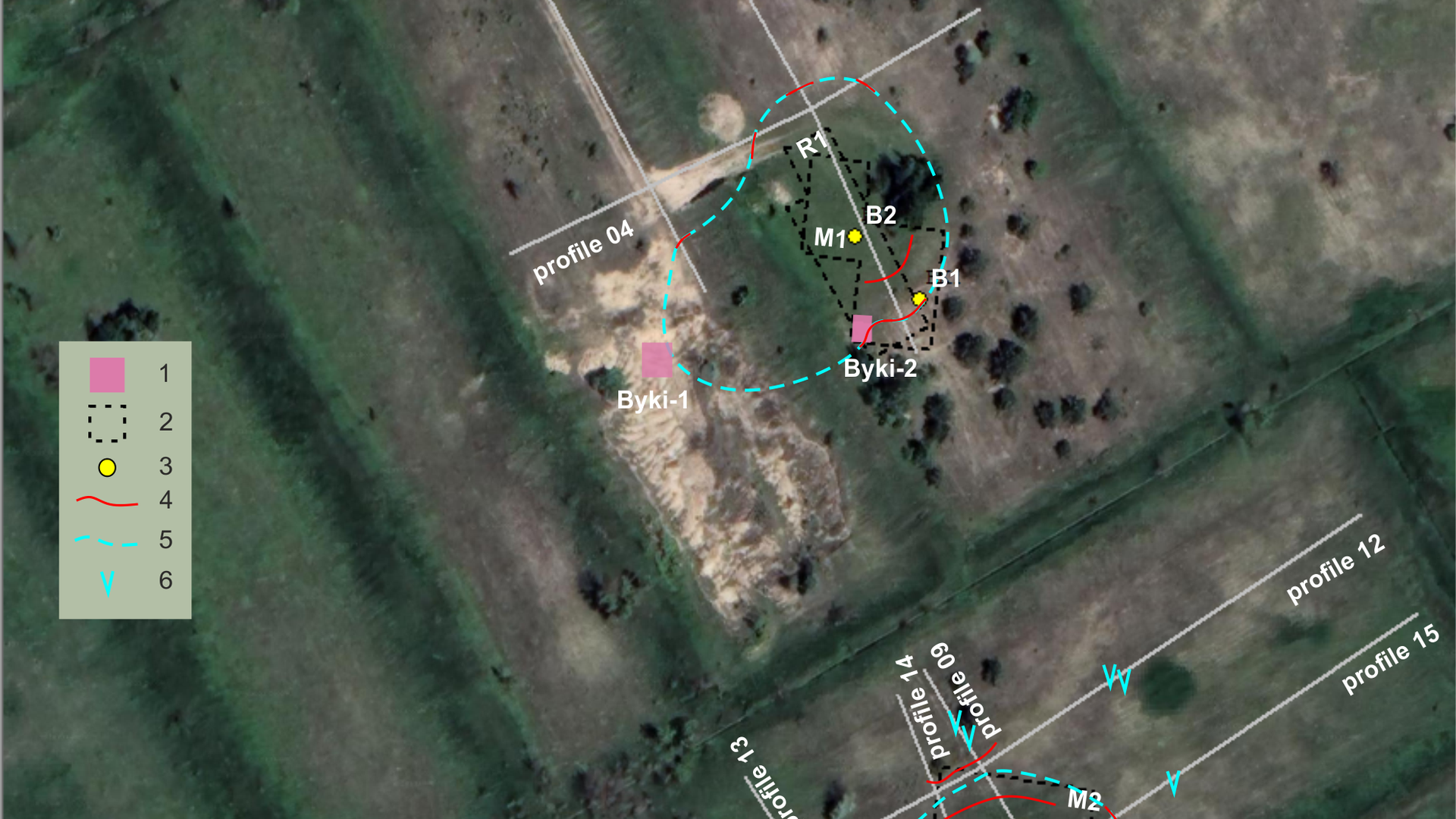
MOSCOW, April 23Russian scientists for the first time used a complex of methods of geophysics and archeology to search for unknown Paleolithic settlements. Experts have discovered an unexplored cultural layer of an ancient site on the territory of the archaeological site «Byki» in the Kursk region thanks to the reconstruction of its paleolandscape. The results of the study are presented in L'Anthropologie.
The life of Stone Age people was inextricably linked with the natural environment, so scientists studying their settlements try to understand not only what the ancient dwellings and their inhabitants looked like, but also what the surrounding landscape people, what the climate was like, what plants and animals existed around, scientists said.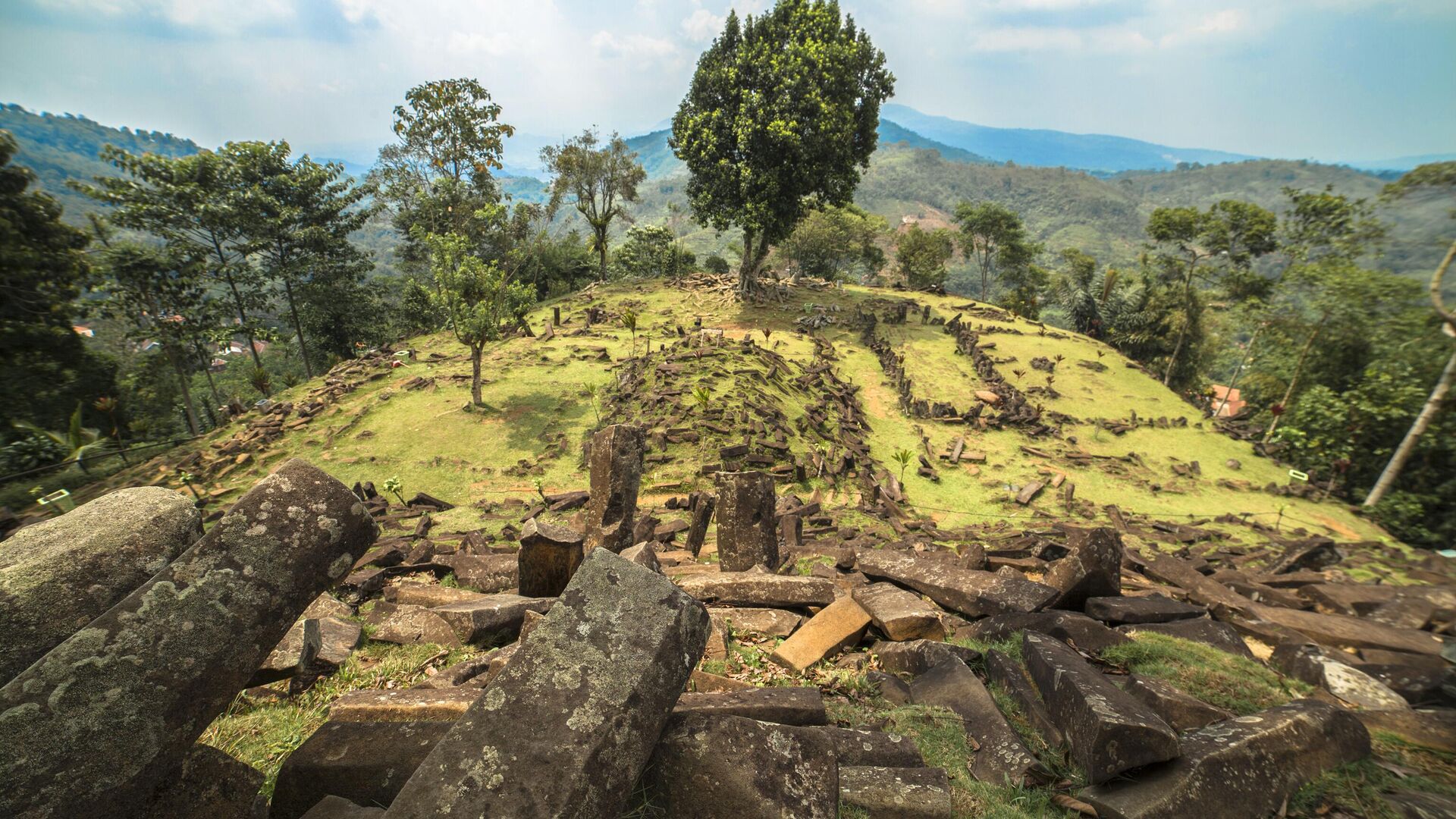
They emphasized that climate of the Late Ice Age gradually changed, and with it the natural environment of man also changed. Knowledge of the natural habitat of the inhabitants of the Upper Paleolithic, dating back to approximately 40-10 thousand years ago on the East European Plain, helps to understand how people adapted to changing natural conditions.
The modern relief at the site of the «Byki» sites in the modern Kursk region, where our nomadic ancestors periodically came, is significantly different from the ancient one, including due to the fact that in the 1970s, wastewater treatment plants were built here, said the project manager, Head of the geophysical group of the Institute of Geography of the Russian Academy of Sciences, researcher at the Faculty of Geology of Moscow State University Svetlana Bricheva.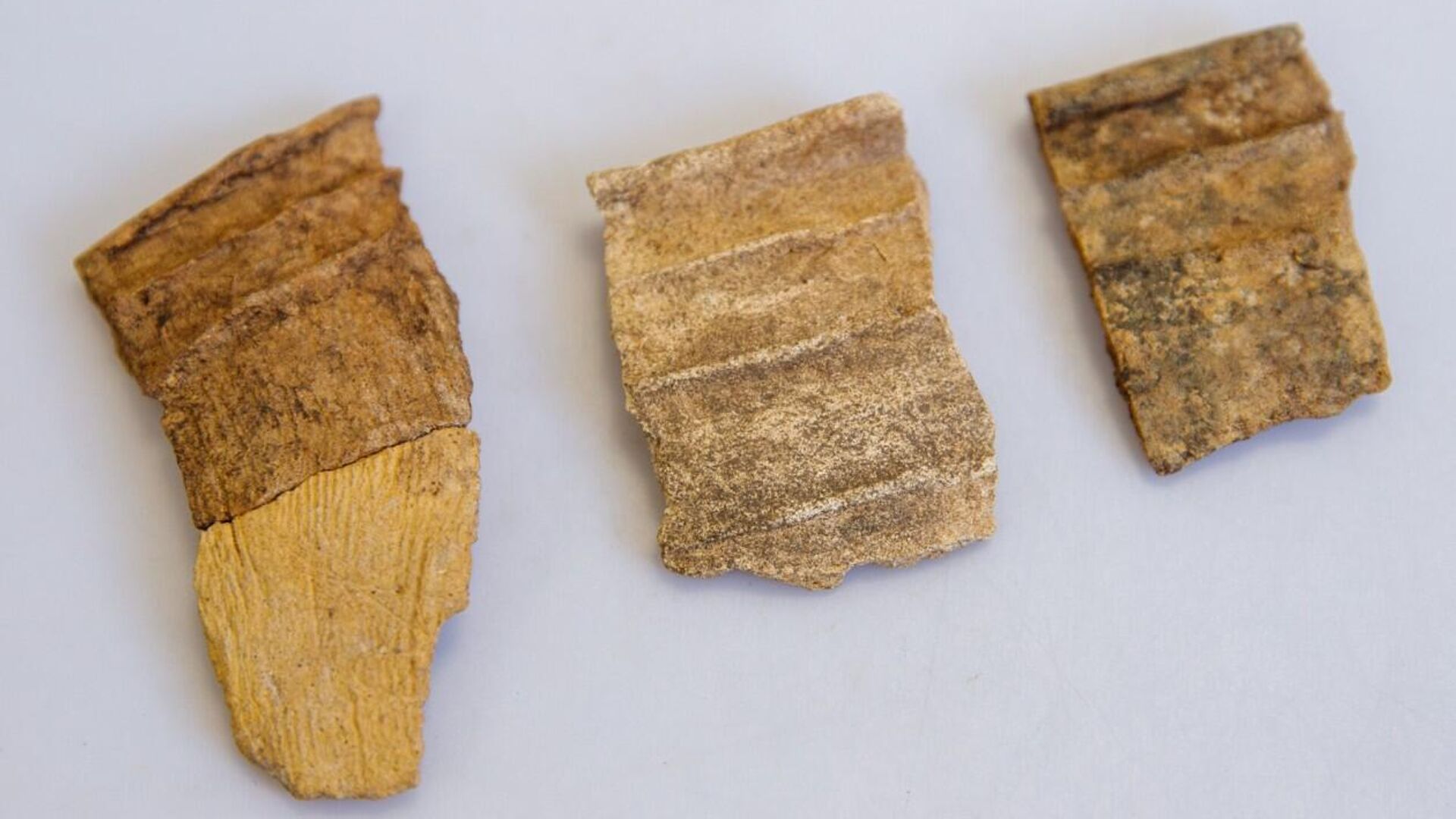
She explained that using geophysical methods, scientists found that 21-18 thousand years ago the study area was covered with elevated sand dunes, alternating with rounded depressions. The ancient people chose hills for their sites because they provided a good overview, and the depressions, which at that time were lakes, served as a source of water.
“
“GPR and magnetic prospecting are often used in the study of archaeological sites that are later than Paleolithic. But Stone Age people left no structures that we could detect using these methods. Therefore, we had a purely geological task: we tried to identify traces of ancient landforms hidden under later sediments and reconstruct what they looked like before. This complex is being used for the first time for Paleolithic sites on the East European Plain,” explained Bricheva.
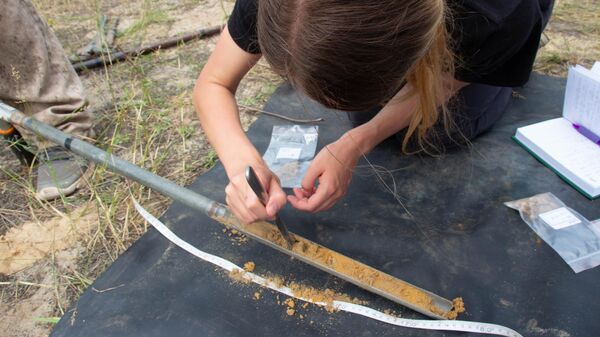
1 of 5
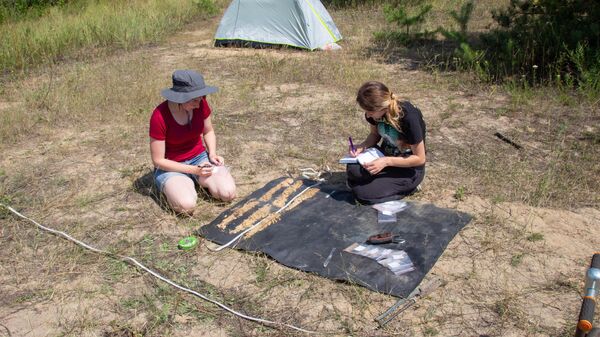
2 of 5
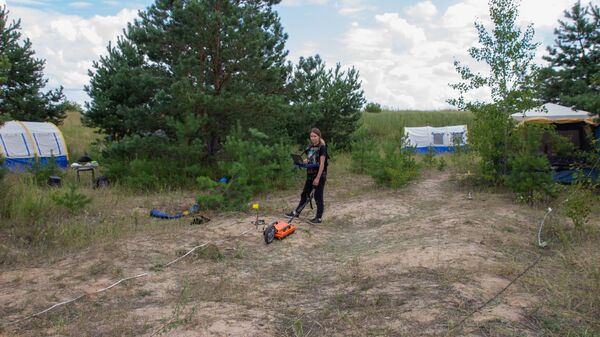
3 out of 5

4 out of 5
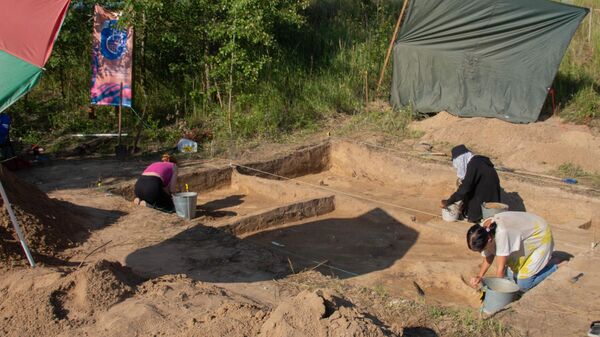
5 out of 5
1 of 5
2 out of 5
3 out of 5
4 out of 5
5 out of 5
She emphasized that the cooperation between archaeologists from the Kurchatov Museum of Local Lore and geophysicists from the Institute of Geography of the Russian Academy of Sciences and M.V. Lomonosov Moscow State University turned out to be very productive.
“The results of our joint work consist in unraveling the very mechanism of how our ancestors adapted to the features of the microrelief of the area and learned to use it. In particular, we assume that sandy hills, on the one hand, could serve as a convenient observation platform, and on the other hand, their the leeward sides could have been used as shelter from strong winds. The integrated approach we used opens up broad prospects for searching for new sites of ancient man in the Kursk Poseimye and provides food for new hypotheses about the life strategies of ancient man,” added a project participant, head of the Kurchatov Paleolithic Expedition, Chief Researcher of the Kurchatov Museum of Local Lore Natalya Akhmetgaleeva.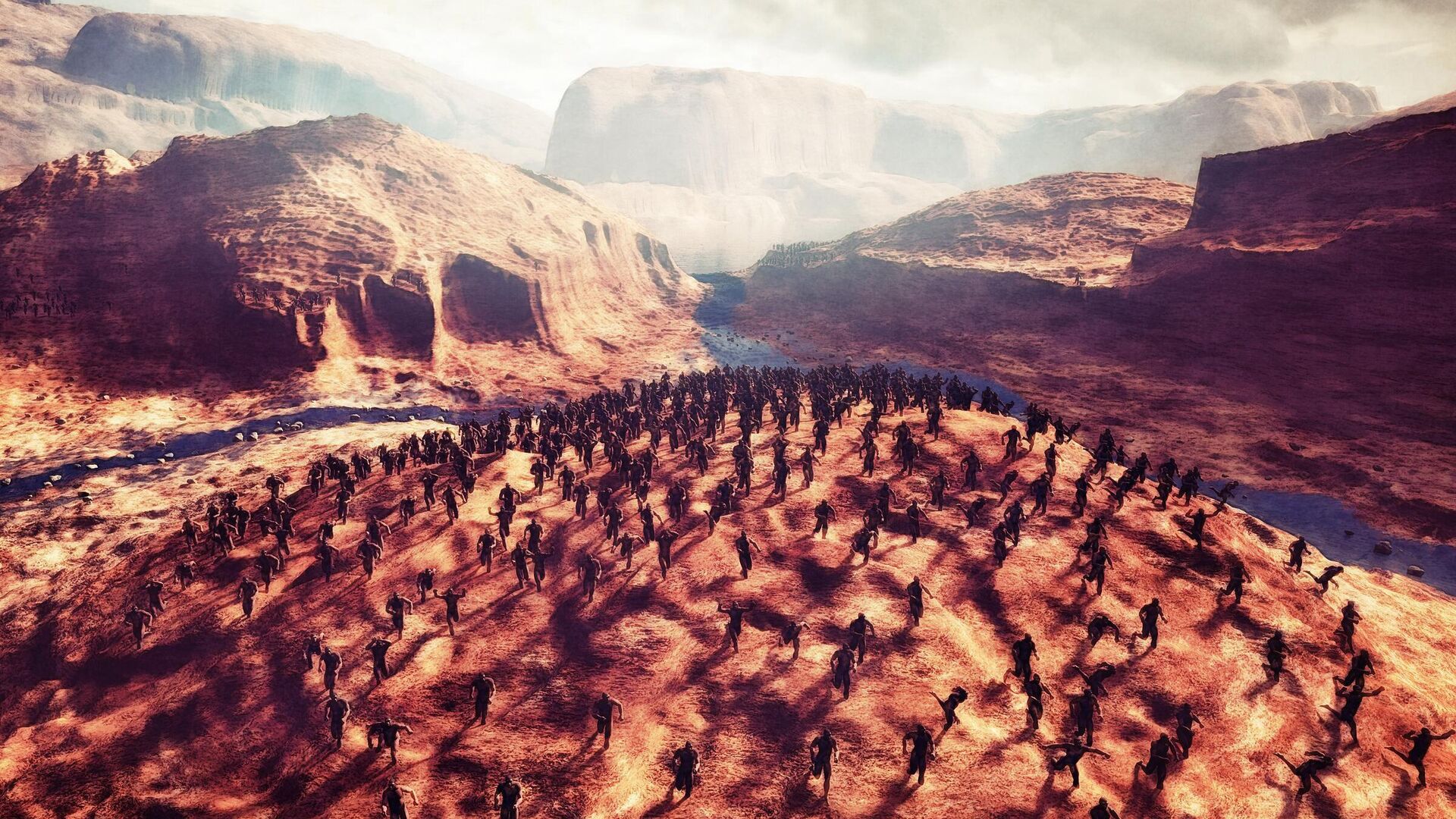
The authors plan to apply the proposed approach to study other Paleolithic sites on the East European Plain, such as the Avdeevskaya site in the Kursk region, the Khotylevo site in the Bryansk region, and the Zaraisk site in the Moscow region.
The study has been completed with the support of the Russian Science Foundation.




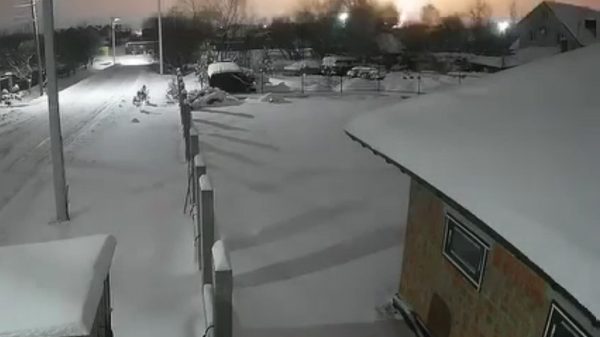



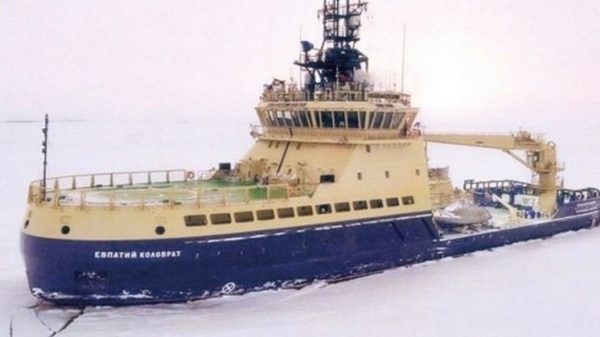

























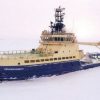























Свежие комментарии